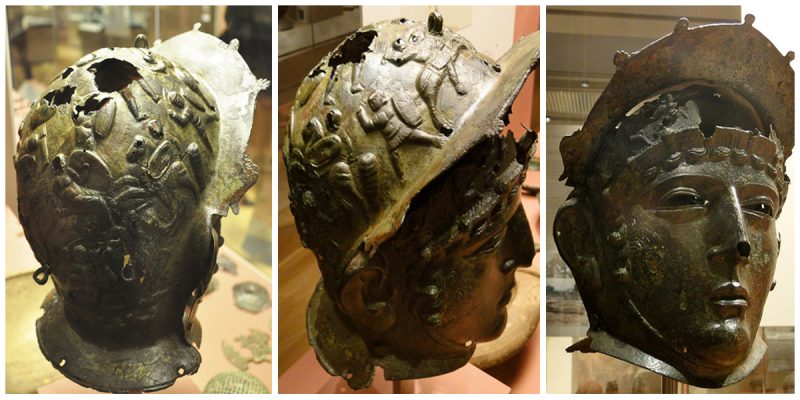Over the past centuries, archaeologists have unearthed some extraordinary artifacts that give us a glimpse into human history and help us understand the many secrets of the ancient world. Numerous archaeological expeditions have been undertaken over the years, some of which resulted in historically significant discoveries. Yet some of the most exciting finds have been made by non-professionals who stumbled upon them purely by accident. Such is the case with the famous Ribchester Helmet, discovered by chance in 1796.
We are all aware that England is rich with archaeological sites, historical monuments, and important artifacts, especially from the Roman era. Ribchester in the county of Lancashire is a lesser-known site of a Roman fort and settlement. The most famous among the many artifacts discovered in the area is the Ribchester Helmet.
What is today considered one of the most famous helmets from Ancient Rome was discovered by accident in 1796 by a 13-year-old clog maker’s son, who found it while playing behind his house. The helmet was part of a small hoard of metal items, most probably belonging to a Roman soldier from about 120 AD.
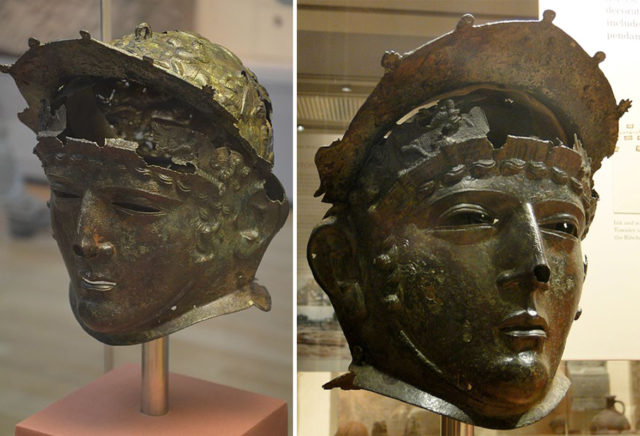
This two-piece ceremonial helmet, worn by Roman cavalrymen during military exercises and during parades and other ceremonies, weighs nearly three pounds and was most likely of little or no practical use on the battlefield. However, the Romans, who are known for engaging in a variety of sporting competitions, also used this type of helmet during the cavalry sports events known by the name of “hippika gymnasia,” where these helmets were used to mark ranks and excellence in horsemanship.
Although Julius Caesar first paid a visit to Britain in 55 BC, it actually took almost 100 years before Romans landed on the beaches in Kent to conquer Britain in 43 AD. The Roman occupation influenced almost every sphere of life in Britain, including culture, language, geography, and architecture. They built many new roads, numerous settlements, and countless forts, including the one at Ribchester.
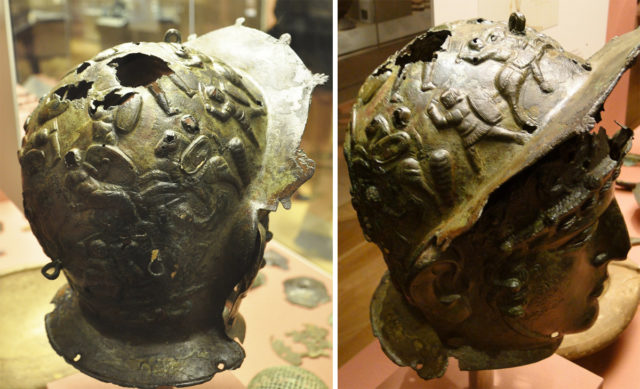
What we know today about this type of Roman helmet is mostly thanks to the accounts left by Arrian of Nicomedia, who was a provincial governor and a close friend of Emperor Hadrian. As written in his Techne Taktike, which focuses on the “hippika gymnasia,” the best soldiers wore these helmets in cavalry tournaments.
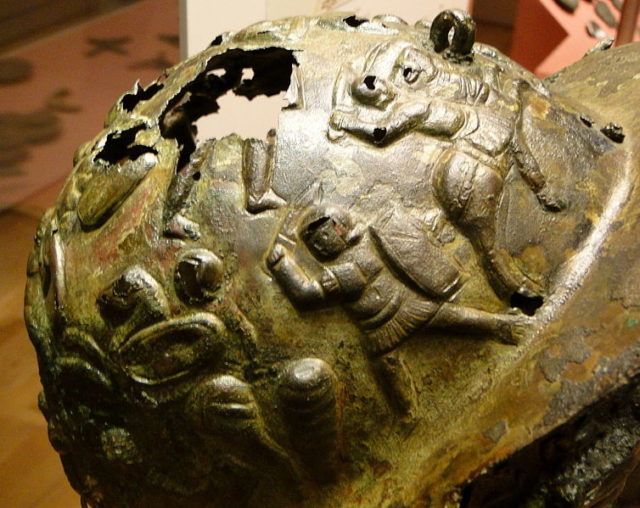
Called Bremetennacum Veteranorum, the Roman settlement and fort in Ribchester was built during the reign of Emperor Vespasian in the early 70s AD. Apart from the remains of Ribchester Roman Fort and the Roman bathhouse that can be seen today, there is also a Roman Museum where visitors can see a replica of the Ribchester Helmet.
The famous artifact is one of only three of its kind ever found in Britain, but it is considered to be the highest quality example. The second was found around 1905 and is now housed at the Museum of Antiquities in Edinburgh. The third, known as the Crosby Garrett Helmet, was found in a field in 2010 by a metal detectorist who wants to remain anonymous. It was sold at auction for $3.6 million.
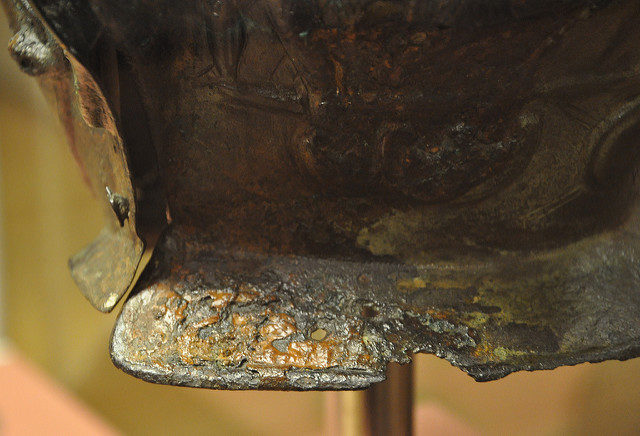
The Ribchester Helmet was clearly the most significant, but not the only artifact discovered back in 1796. The same hoard included many military and religious items, plates, pieces of a vase, and other items. It is believed that the finds that were placed there for over 16 centuries were in such good condition because they were covered in sand.
As mentioned above, you can see a replica of the Ribchester Helmet in the Roman Museum in Ribchester, and for those of you who want to see the original, you need to visit the British Museum in London, where the helmet has been on exhibition since 1814.
